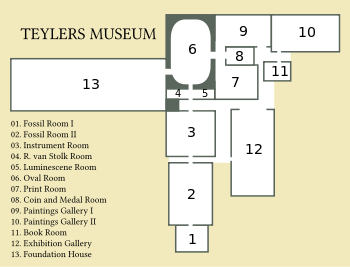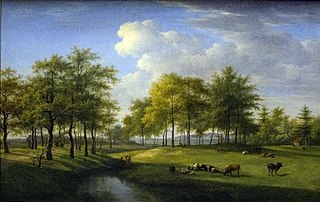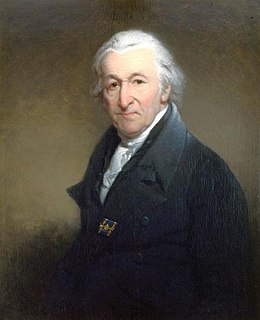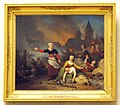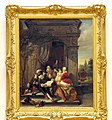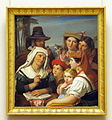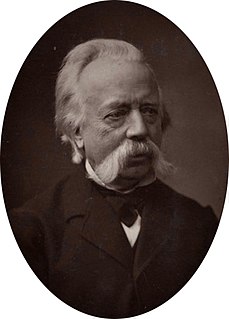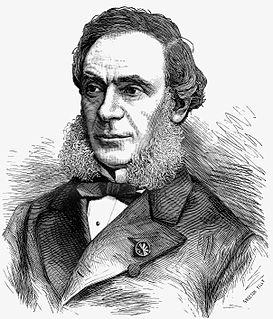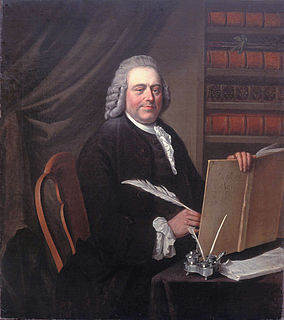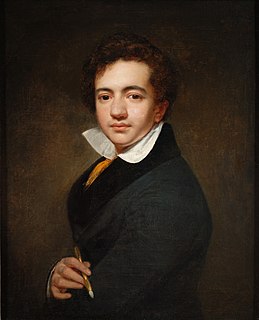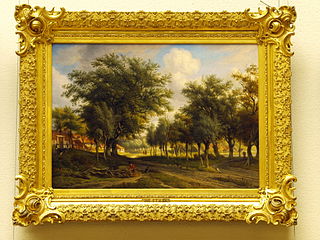
The Eerste Schilderijenzaal, or Painting Gallery I, is one of two art gallery rooms in Teylers Museum and is the oldest art gallery for contemporary Dutch art in the Netherlands. It was built onto the back of Teylers Oval Room in 1838. It was the young museum's first exhibition space for paintings and could be entered through the Oval Room, which was itself located behind the Fundatiehuis, the former home of Pieter Teyler van der Hulst.

Teylers Museum is an art, natural history, and science museum in Haarlem, Netherlands. Established in 1778, Teylers Museum was founded as a centre for contemporary art and science. The historic centre of the museum is the neoclassical Oval Room (1784), which was built behind the house of Pieter Teyler van der Hulst (1702–1778), the so-called Fundatiehuis. Pieter Teyler was a wealthy cloth merchant and banker of Scottish descent, who bequeathed his fortune for the advancement of religion, art, and science. He was a Mennonite and follower of the Scottish Enlightenment.

The Oval Room in the Teylers Museum was the first part of the museum that was opened in 1784. It could be entered through the garden of the fundatiehuis, the former home of Pieter Teyler van der Hulst. The building has an oval shape built around its centerpiece, a mineralogical cabinet. The Oval Room consists of two floors; the ground floor with its display cabinets and a gallery of books that connects to the Teylers Library. On top of the room, on the roof, the astronomical observatory used to be a landmark that could be seen for miles along the river Spaarne. The gallery and observatory are longer accessible to the public, though the gallery can be seen from the ground floor.

The Fundatiehuis is the former family home of Pieter Teyler van der Hulst on the Damstraat 21 in Haarlem, Netherlands. After his death it became the seat of the Teylers Stichting and through its front door, visitors could reach the Oval room.
